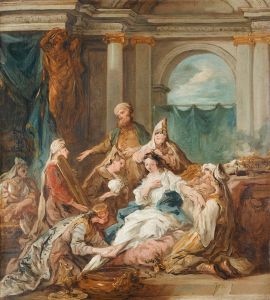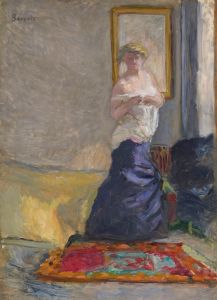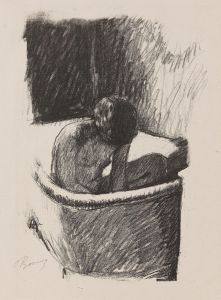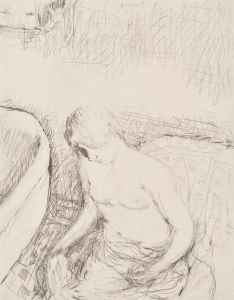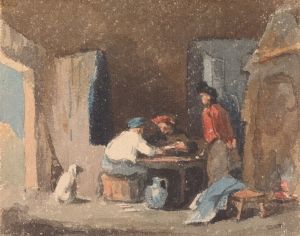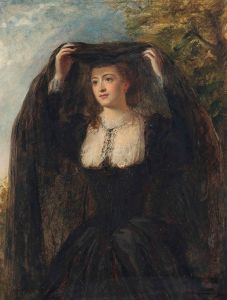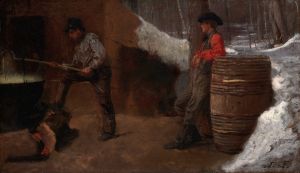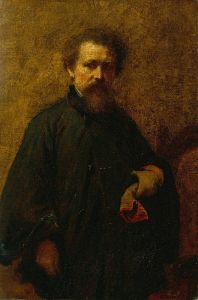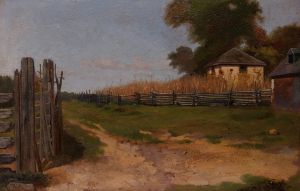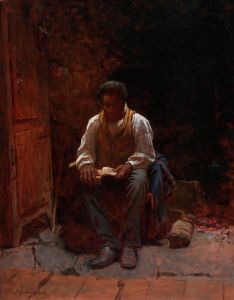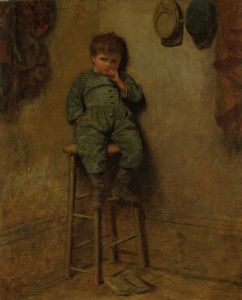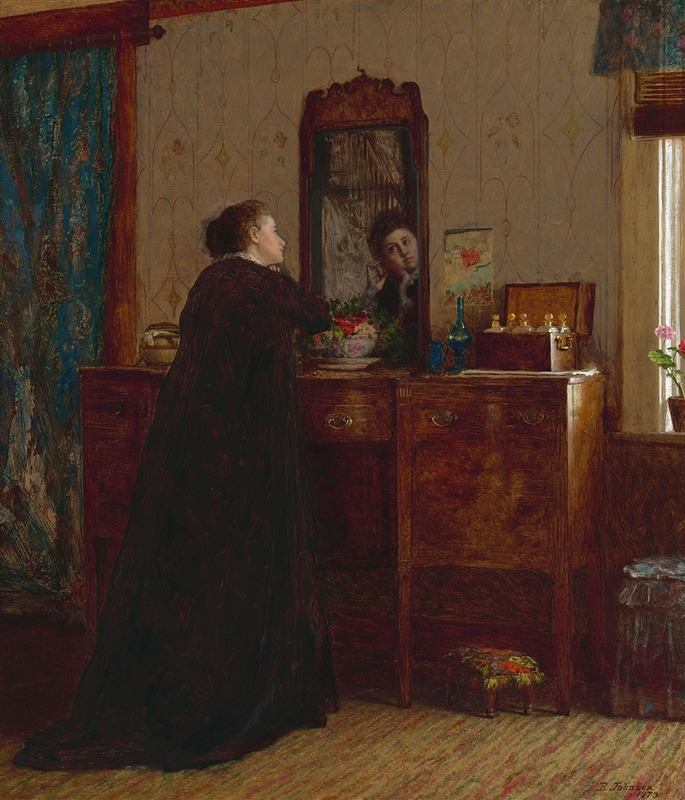
The Toilet
A hand-painted replica of Eastman Johnson’s masterpiece The Toilet, meticulously crafted by professional artists to capture the true essence of the original. Each piece is created with museum-quality canvas and rare mineral pigments, carefully painted by experienced artists with delicate brushstrokes and rich, layered colors to perfectly recreate the texture of the original artwork. Unlike machine-printed reproductions, this hand-painted version brings the painting to life, infused with the artist’s emotions and skill in every stroke. Whether for personal collection or home decoration, it instantly elevates the artistic atmosphere of any space.
Eastman Johnson, an American painter known for his genre scenes and portraits, created "The Toilet" in 1873. This painting is a notable example of Johnson's ability to capture intimate, everyday moments with a sense of realism and attention to detail. Johnson, often referred to as the "American Rembrandt," was a prominent figure in the 19th-century American art scene, and his works frequently depicted domestic life, rural scenes, and the lives of African Americans and Native Americans.
"The Toilet" is a genre painting, a style that Johnson excelled in, which focuses on scenes from everyday life. This particular work portrays a woman engaged in her daily grooming routine. The painting is characterized by its warm tones and the soft play of light, which highlights Johnson's skillful use of chiaroscuro—a technique that contrasts light and shadow to give the illusion of depth and volume. This technique adds a sense of intimacy and immediacy to the scene, inviting viewers into the private moment being depicted.
Johnson's attention to detail is evident in the careful rendering of textures, from the fabric of the woman's clothing to the objects surrounding her. The composition is thoughtfully arranged, guiding the viewer's eye through the scene and emphasizing the central figure's contemplative expression. This focus on the individual and their personal space reflects the broader 19th-century interest in the private lives of individuals, a theme that resonates throughout Johnson's body of work.
Eastman Johnson was born in 1824 in Lovell, Maine, and began his artistic career as a portraitist. He studied in Europe, spending time in Düsseldorf and The Hague, where he was influenced by Dutch masters such as Rembrandt and Vermeer. These influences are evident in his use of light and his focus on genre scenes. Upon returning to the United States, Johnson became a co-founder of the Metropolitan Museum of Art in New York City and continued to produce works that captured the essence of American life.
"The Toilet" is part of Johnson's exploration of domestic themes, which often depicted women and children in various settings. These works provide insight into the cultural and social dynamics of the time, reflecting the roles and expectations of women in 19th-century America. Johnson's paintings are celebrated for their ability to convey the subtleties of human emotion and interaction, making them enduring pieces of American art history.
Today, Eastman Johnson's works, including "The Toilet," are held in high regard and can be found in major art institutions across the United States. His paintings offer a window into the past, capturing the nuances of everyday life with a timeless quality that continues to resonate with contemporary audiences. Through his art, Johnson has left a lasting legacy, providing a rich visual narrative of American life during his time.





